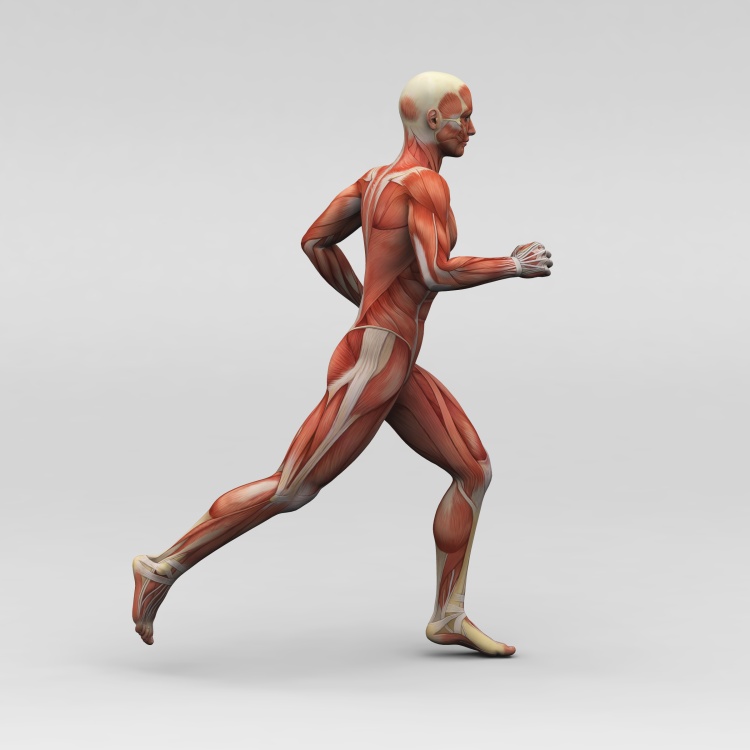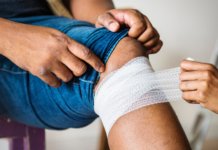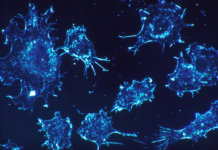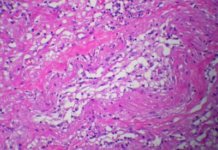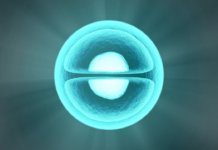Hox genes: responsible for embryonic development and loss of muscle regeneration
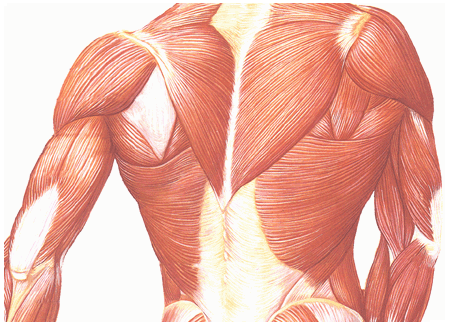
Some genes are only active during the embryonic development; they are called Hox genes. Researchers from the Leibniz Institute have shown that one of these genes gets reactivated at an advanced age (Hoxa9). This gene reactivation, which controls embryonic development, affects muscle stem cells functionality and thus tissue regeneration in aged people. The understanding of this epigenetic modification offers new targets for regenerative medicine by inhibiting these genes.
The embryo development is a very complicated process, genes responsible for this development are activated during a very short and precise period of time. These genes are detectable in adult stem cells but are rarely activated after birth. Today, one Leibniz Institute research team has shown that in older people, one of the Hox genes is highly activated (Hoxa9) in muscle stem cells after an injury, inducing the loss of the muscle’s regenerative capacity. During this gene inhibition by chemical components, an efficient muscular regeneration has been observed in old mice. This opens up a new therapeutic approach in order to enhance muscle regeneration in old organisms.
![]()
A mechanism damaging muscle regeneration
The surprise is to see that is gene is harmful for muscle regeneration instead of enhancing it. Originally, this gene is very useful for the development of several body “axes”. For instance, finger development. The loss of stem cell functionality triggers muscle regeneration issues, and with aging this induces a muscular weakness. The mechanism which is relating stem cells and tissue aging is well understood nowadays, and the signal which controls the embryo development has already been analysed and found in the stem cells of old organisms. However, the gene activator which controls this signal has still not been identified.
![]()
A solution to counter the loss of age-related muscle regeneration?
Hox genes activation must be very precise to ensure tissue shaping and organ development. This fragile process is regulated by epigenetic alterations. Thus, a new method has been developed to observe these epigenetic changes during a muscle damage to observe the Hoxa9 gene reactivation in old organisms. These scientists have noted that in a “non-injured” muscle, there is no epigenetic modification of the Hoxa9 gene, but in response to muscular injury, an abnormal epigenetic answer has been observed triggering to the activation of the embryonic development gene.
Inhibition of these genes could be a way to fight the loss of muscle regeneration capacity. But for the moment, this approach is poorly specific and can change several gene expressions in different cells or tissues. This is the reason why a collaborative study’s aim is to find a way of especially inhibiting Hox genes, thanks to nanoparticles which act on a specific target.
Hadrien Vielle

Author
Auteur
Hadrien is an engineer and was trained in biology, physics and bio-engineering at the École Polytechnique féminine in Paris.
More about the Long Long Life team
Hadrien est aujourd’hui ingénieur polyvalent après une formation en biologie, physique et bio-ingénierie à l’École Polytechnique féminine.
En savoir plus sur l’équipe de Long Long Life
Odélie Tacita

Translation
Traduction
Odélie is a trainee specialized translator at Elvesys. She is graduating from the university of Paris-Est Marne-la-Vallée and works in French, English and Spanish.
More about the Long Long Life team
Odélie est apprentie traductrice spécialisée pour Elvesys. Elle termine sa formation à l’université de Paris-Est Marne-la-Vallée et ses langues de travail sont le français, l’anglais et l’espagnol.
En savoir plus sur l’équipe de Long Long Life


